• The Decameron
• The Canterbury Tales
• “The Tale of the Falcon” & “The Wife of Bath’s Tale”
o Written by
o What work are they a part of?
o Plot, characters
• What and whom is the poem “Chevrefoil” about?
Literary Terms
• antagonist
• couplets
• extended metaphor
• foreshadowing
• frame story
• metaphor
• personification
• pun
• simile
• tone (attitude)
• tragic hero
• tragic flaw
Tragedy and William Shakespeare’s The Tragedy of Julius Caesar and Othello
• Settings
• What is happening when Caesar first enters the play?
• “Beware the ides of March!” Who says it? What does he mean?
• What happens when Antony offers Caesar the crown?
• What finally convinces Brutus to join the conspirators?
• Why does Calpurnia urge Caesar to stay home rather than appear at the Senate?
• Why does Caesar ignore Calpurnia’s warnings?
• Who is Artemidorus and what does he do?
• Why does Brutus say they killed Caesar?
• What does Antony tell the crowd in his funeral oration? How does the crowd respond?
• Who forms the 2nd triumvirate?
• What happens to Portia?
• What appears at Brutus’s bedside in camp?
• What happens that causes Cassius to commit suicide?
• What does Antony call Brutus “the noblest Roman of them all”?
• Othello
• Iago
• Desdemona
• Michael Cassio
• Brabantio
• Which of Cassio’s weaknesses does Iago exploit?
• Who is Brabantio?
• Who called jealousy the “green-eyed monster”?
• What “poison” does Iago pour into Othello’s ear?
• What is Othello’s tragic flaw?
Vocabulary
Accoutered – dressed for battle
Alacrity – cheerful readiness
Bestial – like a beast; primal; monster-like
Castigate - punish
Construed - interpret
Discern – discriminate
Edify – to build up, establish, strengthen a person,
fickle – easily changeable
garner – gather, deposit, get, collect,
laconic – using few words, concise, brief. Rudely using few words
mitigate – to lessen, soften
paradox – seemingly contradictory statement that is actually true. It is puzzling. Like a riddle
perdition – state of spiritual loss or ruin; damnation
portentous – ominous, foreboding
ruminate – to ponder, to think about, to “chew on”
surfeit – an excessive amount
usurp – to seize power; to take power by force
verve – enthusiasm, vigor, spirit
MLA FORMAT AND PLAGIARISM
--How are the following formatted:
a. Publication titles
b. Website titles
c. Books
d. Webpage titles
e. Article titles
f. Publication dates
g. Date accessed

--Know what qualifies something as plagiarism.
--Answer questions using a sample works cited page.
--Know how to format parenthetical citations correctly. (Here is a Quia quiz students were directed to after completing a handout using on parenthetical citations: http://www.quia.com/quiz/1760788.html)
Check out these links. http://owl.english.purdue.edu/owl/resource/589/01/ (click on additional links at the bottom of this webpage). Here are some (entertaining) videos about plagiarism: http://library.camden.rutgers.edu/EducationalModule/Plagiarism/



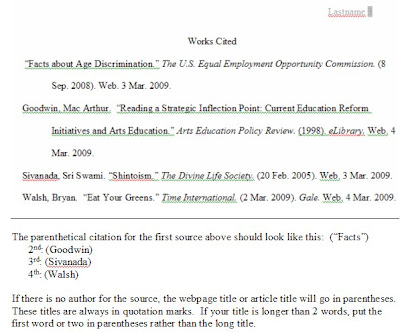
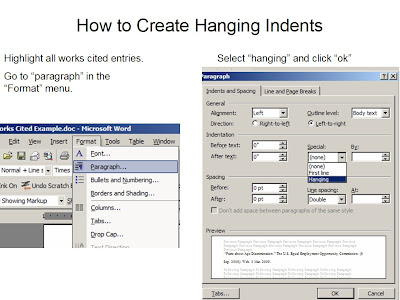
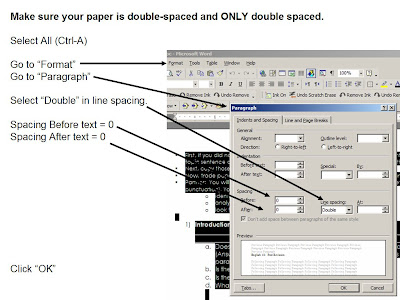
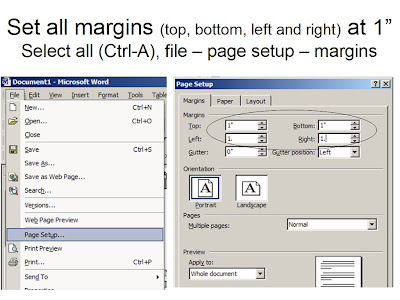
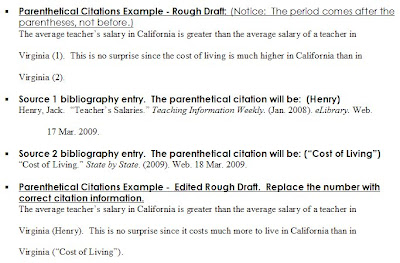



.bmp)